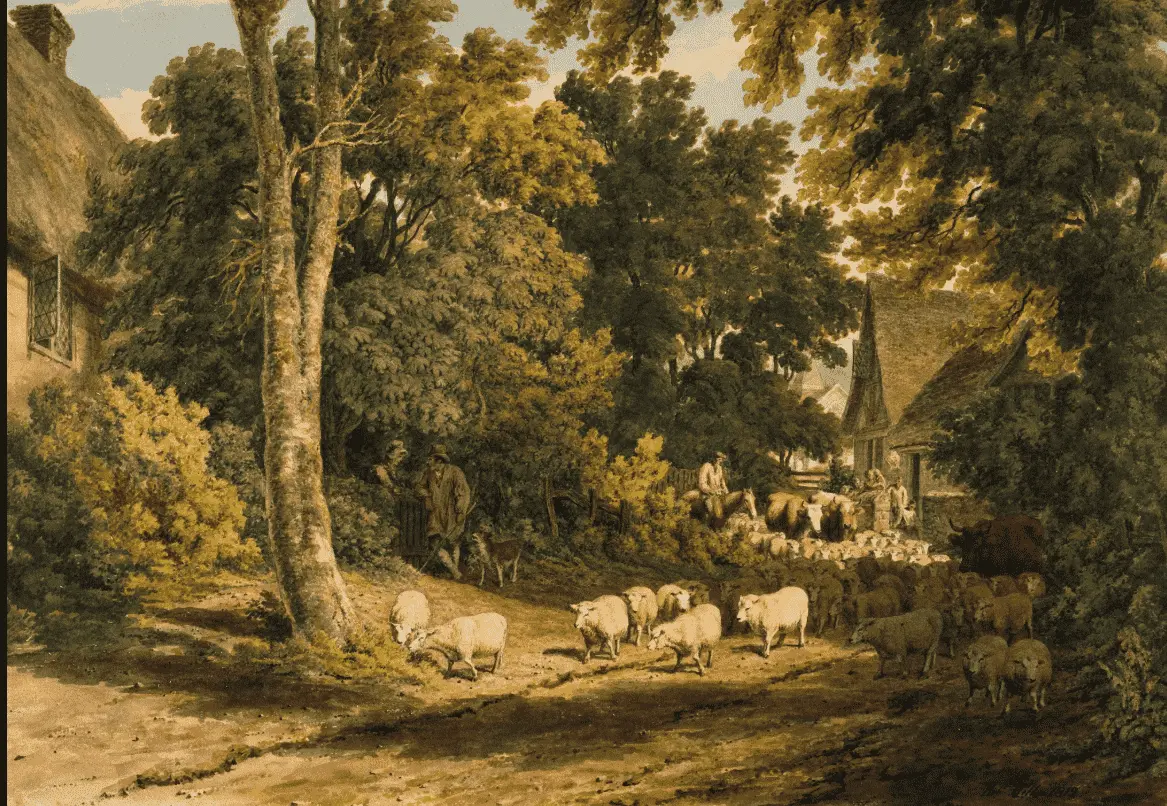
The Painting Parlor
Listen to the audio of the story:
Nestled in the corner of a sleepy village, there was a small, ivy-covered studio known as “The Painting Parlor.” Its owner, Elena, was a gifted but reclusive artist who spent her days painting vivid landscapes and intimate portraits. Her work was sought after by collectors far and wide, but few knew of the peculiar events that unfolded behind the studio’s heavy oak doors.
It all began one quiet evening when Elena was working on a portrait of a woman in a golden dress. The image was hauntingly beautiful—her subject’s eyes seemed alive with emotion, her hands clasped as if guarding a secret. As Elena added the final brushstroke, a breeze stirred through the room, though every window was shut.
Startled, Elena watched as the paint on the canvas shimmered and shifted. The woman’s eyes blinked. Her lips parted, and in a soft voice, she whispered, “Thank you for giving me form once more.”
Elena stumbled back, her heart racing. But curiosity soon overtook fear. The woman in the painting introduced herself as Isolde, a noblewoman who had lived centuries ago. Her story unraveled like a tapestry—betrayal, forbidden love, and a mysterious disappearance.
“The world has forgotten me,” Isolde said wistfully, “but through you, my story lives again.”
From that night on, Elena’s paintings became doorways to untold stories. A seascape revealed the trials of a shipwrecked sailor who braved the oceans for love. A still life of a violin brought forth the lament of a musician whose final song was lost to time. A painting of a crumbling castle echoed with the laughter of children who had once played there, now long gone.
Each creation was a conversation, a glimpse into the lives of those who had faded into history. Wordlessly, they imparted lessons—of resilience, of love, of the fleeting nature of existence.
Yet, not all stories were gentle. One stormy night, Elena painted a shadowy forest at the urging of an inexplicable pull. When the canvas came alive, it revealed a figure cloaked in darkness. “Some memories are better left untouched,” it hissed before vanishing, leaving Elena shaken but resolute.
Over time, Elena realized her gift wasn’t just about artistry but about bridging the gap between the forgotten and the present. Her studio became a sanctuary where the past whispered its secrets, and the living learned from echoes of old.
And so, The Painting Parlor thrived—not as a gallery but as a place where art and magic intertwined, where each brushstroke wove stories that no one dared to forget.